Photos that show how road trips have changed over time
Road trips have always been the quintessential American adventure, offering the freedom to explore diverse landscapes and cultures at one’s own pace. From the early days of motoring to the digital age, the allure of the open road remains irresistible.
While the reasons for hitting the highway may have evolved, the spirit of adventure and discovery remains constant, offering travelers a chance to escape the everyday and embrace the unknown.
The Golden Age of Road Trips: The 1950s

The 1950s marked the golden age of road trips, a time when families piled into their cars and set off on journeys across the country. With the post-war economic boom, Americans had more disposable income and leisure time, making road trips a popular pastime.
The decade also saw the rise of motels and diners, offering convenience and comfort for travelers exploring the open road in pursuit of adventure and leisure.
Iconic Cars of the 1960s: Road Tripping in Style

The 1960s introduced some of the most iconic cars that defined road trips, such as the Ford Mustang and the Chevrolet II, which later became known as the Nova. These vehicles were not just modes of transport; they became symbols of freedom and style.
The Mustang, with its sporty design, and the Nova, with its stylish yet practical build, captured the imagination of a generation eager to explore the highways and byways of America in style and comfort.
The Impact of the Interstate Highway System
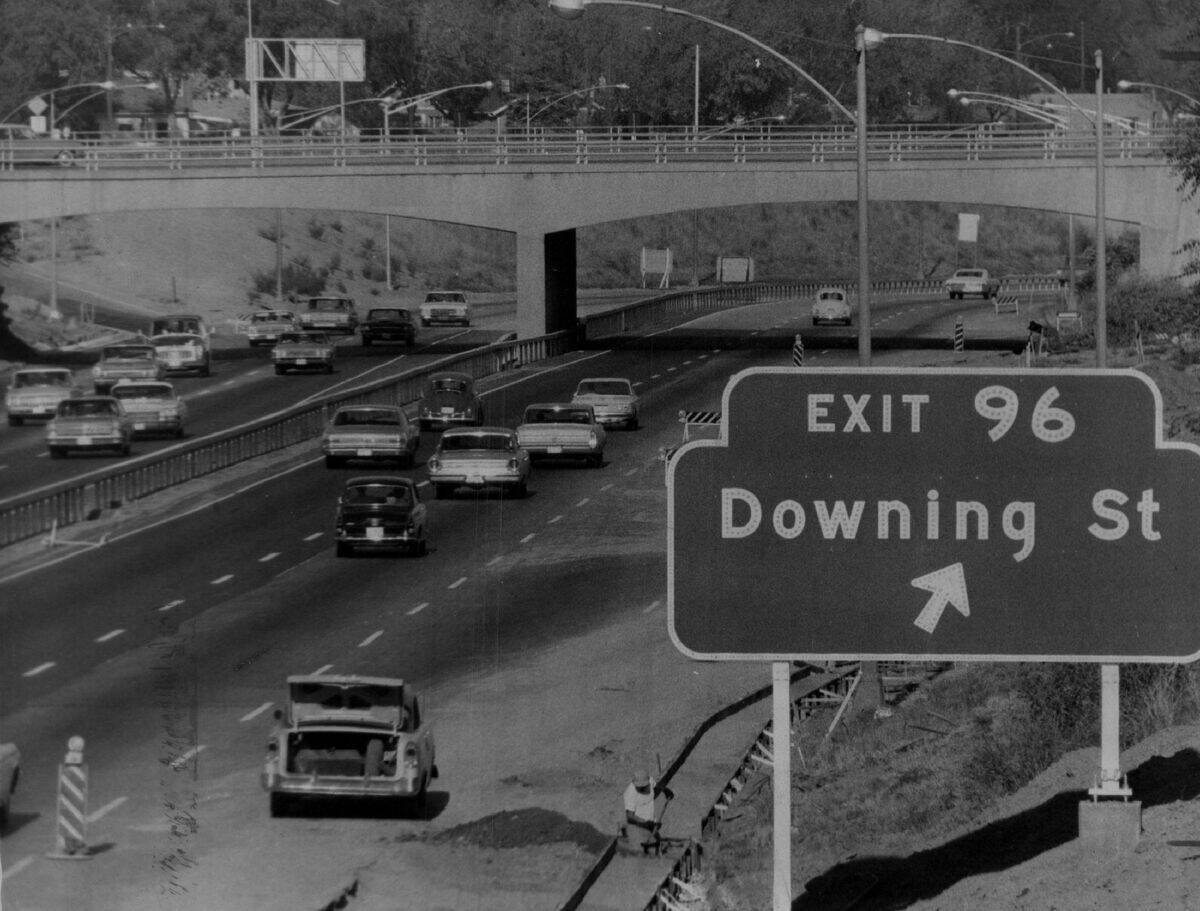
The Interstate Highway System, initiated in 1956, revolutionized road travel in the United States, providing a network of high-speed roads that connected cities and states.
This massive infrastructure project reduced travel times significantly and made road trips more accessible to the average American. By linking distant places, it facilitated economic growth and mobility, paving the way for the modern road trip experience many enjoy today.
Roadside Attractions: From Quirky to Quintessential

No road trip is complete without a stop at a quirky roadside attraction. From the famous Cadillac Ranch in Texas to the bizarre Mystery Spot in California, these attractions add a touch of whimsy to any journey.
They offer travelers a chance to stretch their legs and experience something unique, often becoming as memorable as the main destinations themselves. These attractions have become a quintessential part of the road trip lore.
The Rise of the Road Trip Playlist: Music on the Move

Music has always been a road trip essential, and the concept of a road trip playlist gained prominence with the advent of cassette tapes in the 1960s and 70s.
Whether it’s classic rock anthems or the latest pop hits, a great playlist can transform a long drive into a joyous journey. Today, digital streaming services make it easy to curate the perfect soundtrack, ensuring that the road trip experience is as melodious as it is memorable.
The 1970s: Van Life and the Counterculture Movement
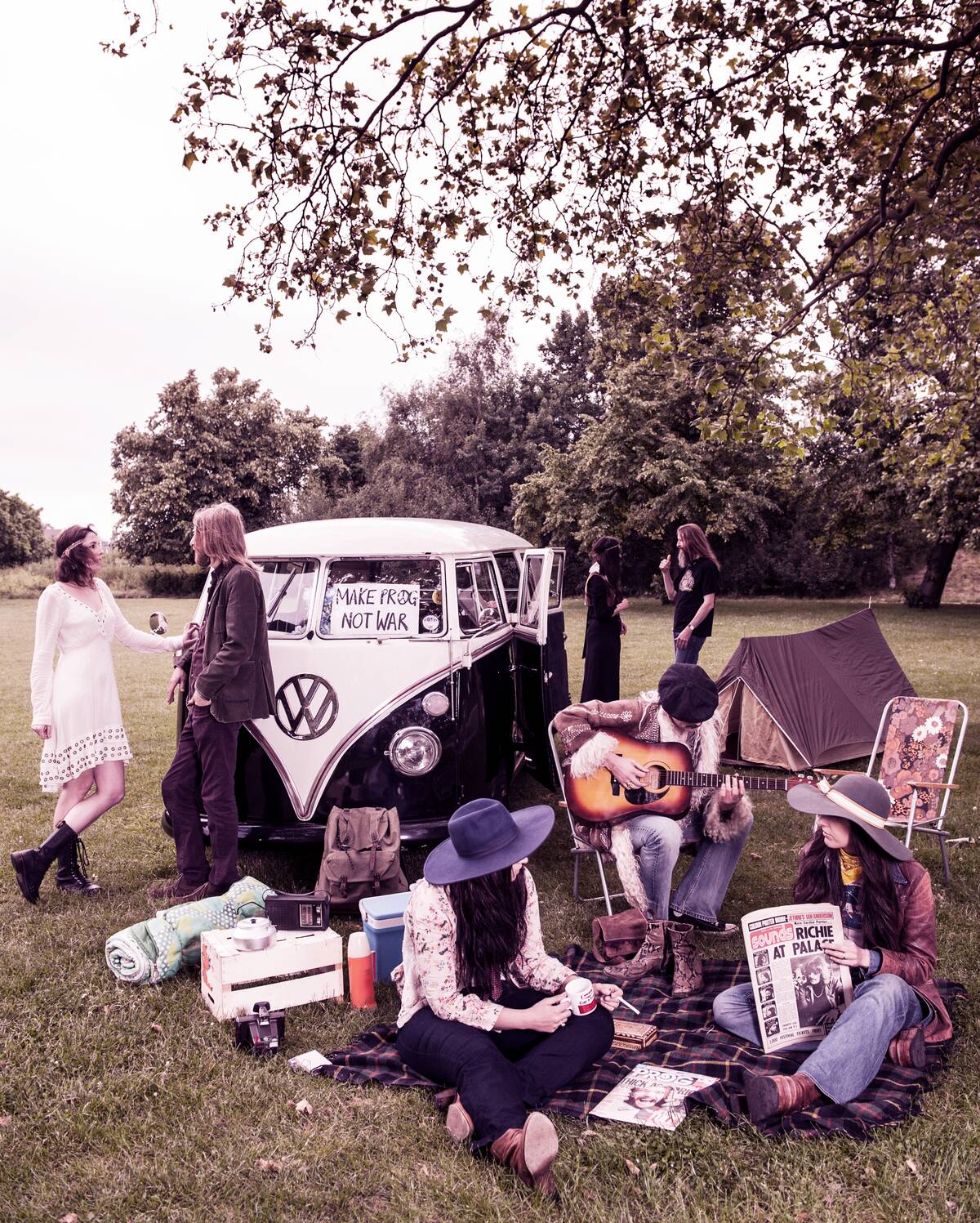
The 1960s and 1970s saw the rise of ‘van life,’ fueled by the counterculture movement that embraced freedom and self-expression. Custom vans became mobile homes for free-spirited travelers, offering both transportation and lodging.
The era’s ethos of exploration and rebellion against the status quo resonated with many, making the road not just a path to destinations but a journey of self-discovery. Van life symbolized a new way of living on the road.
Technology and Navigation: From Paper Maps to GPS
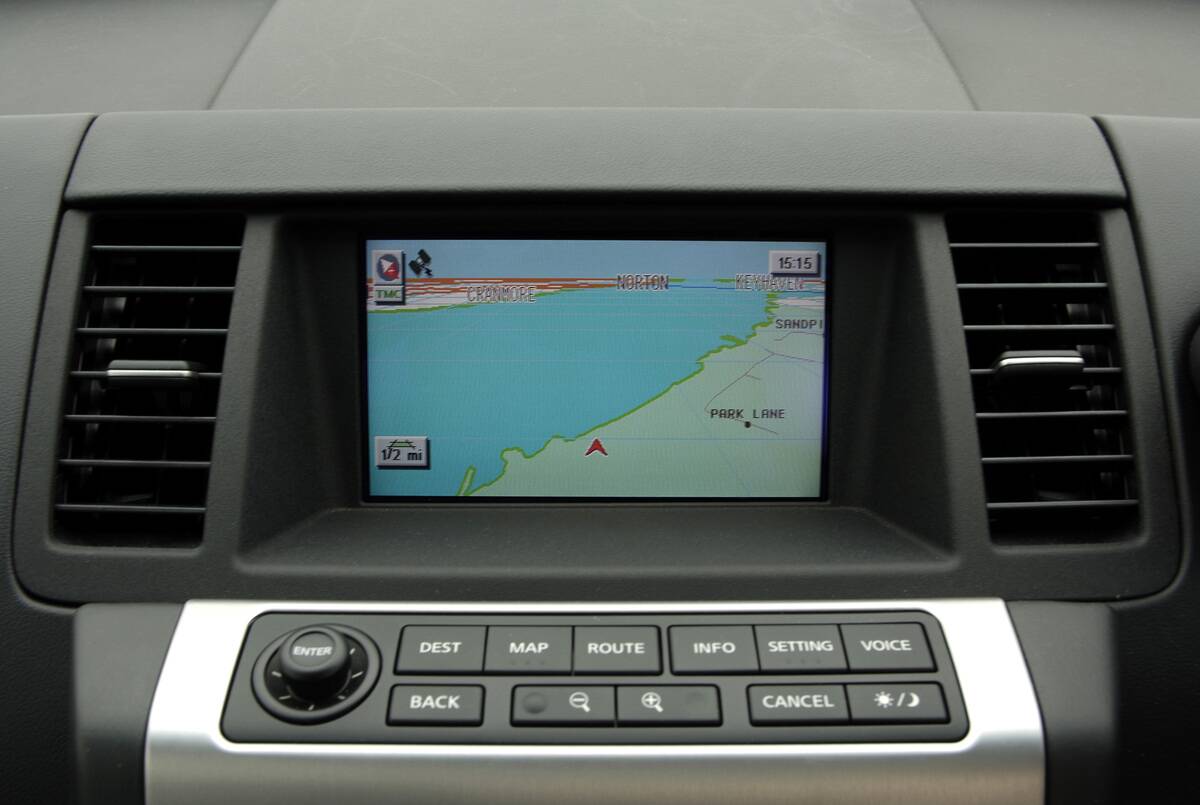
Before GPS, road trips often involved wrestling with large paper maps and asking for directions at gas stations. The 21st century brought a technological revolution with the introduction of GPS systems, dramatically changing how we navigate.
These devices provided real-time directions and traffic updates, making road trips more efficient and less stressful. Today, smartphones with integrated navigation apps have further simplified the road trip experience, putting the world at travelers’ fingertips.
The Influence of Pop Culture on Road Trips
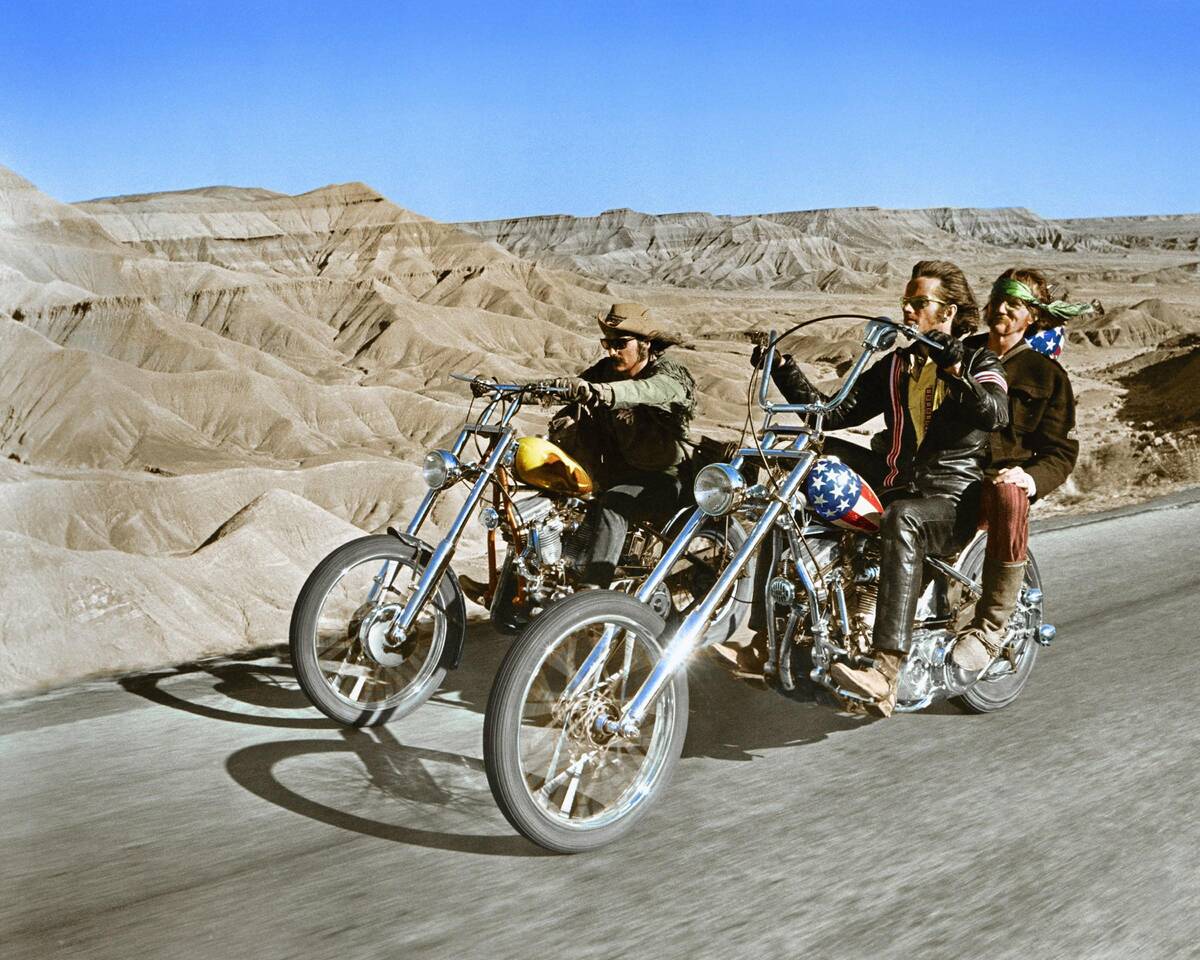
Pop culture has had a profound impact on road trips, romanticizing the concept through movies, music, and literature. Films like Easy Rider and songs like “On the Road Again” have inspired countless travelers to embark on their own journeys.
These cultural touchstones highlight the road trip as a symbol of adventure, freedom, and the pursuit of the American dream, encouraging people to explore the open road and create their own stories.
The 1980s and the Family Vacation Boom

The 1980s were marked by a boom in family vacations, with road trips becoming a staple of family bonding. The era’s economic prosperity allowed families to purchase larger cars, like minivans, making road travel more comfortable.
Iconic films like National Lampoon’s Vacation captured the comedic chaos of family road trips, reflecting the joys and challenges of traveling with loved ones and cementing the road trip’s place in family traditions.
The Evolution of Road Trip Snacks and Meals
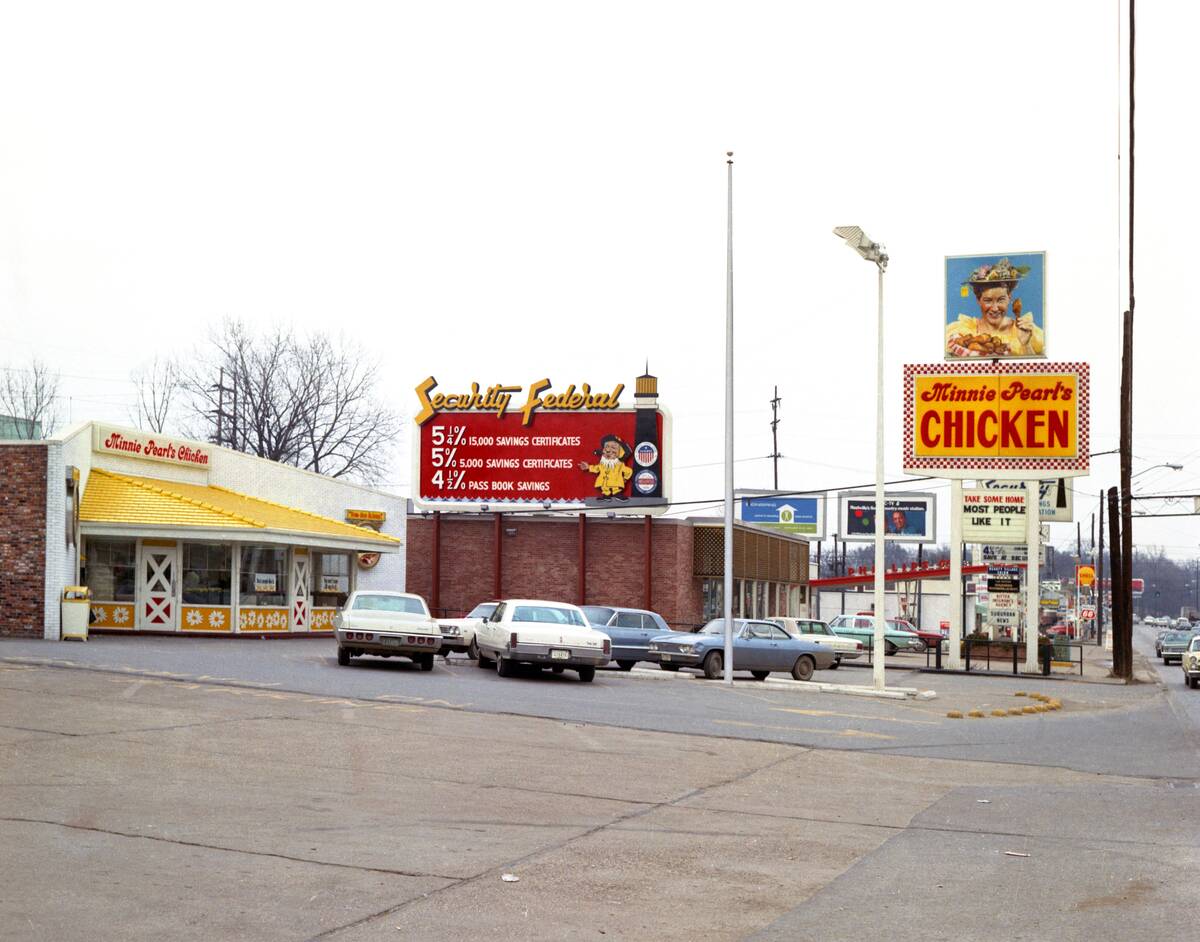
Road trip snacks have evolved from simple sandwiches and homemade treats to a wide variety of convenient and tasty options. Fast food restaurants and convenience stores offer quick and easy meals for travelers on the move.
The growing emphasis on health has also seen the rise of nutritious snack options, catering to diverse dietary needs. This evolution ensures that travelers can enjoy delicious and satisfying food while exploring the open road.
The Role of Motels: Then and Now
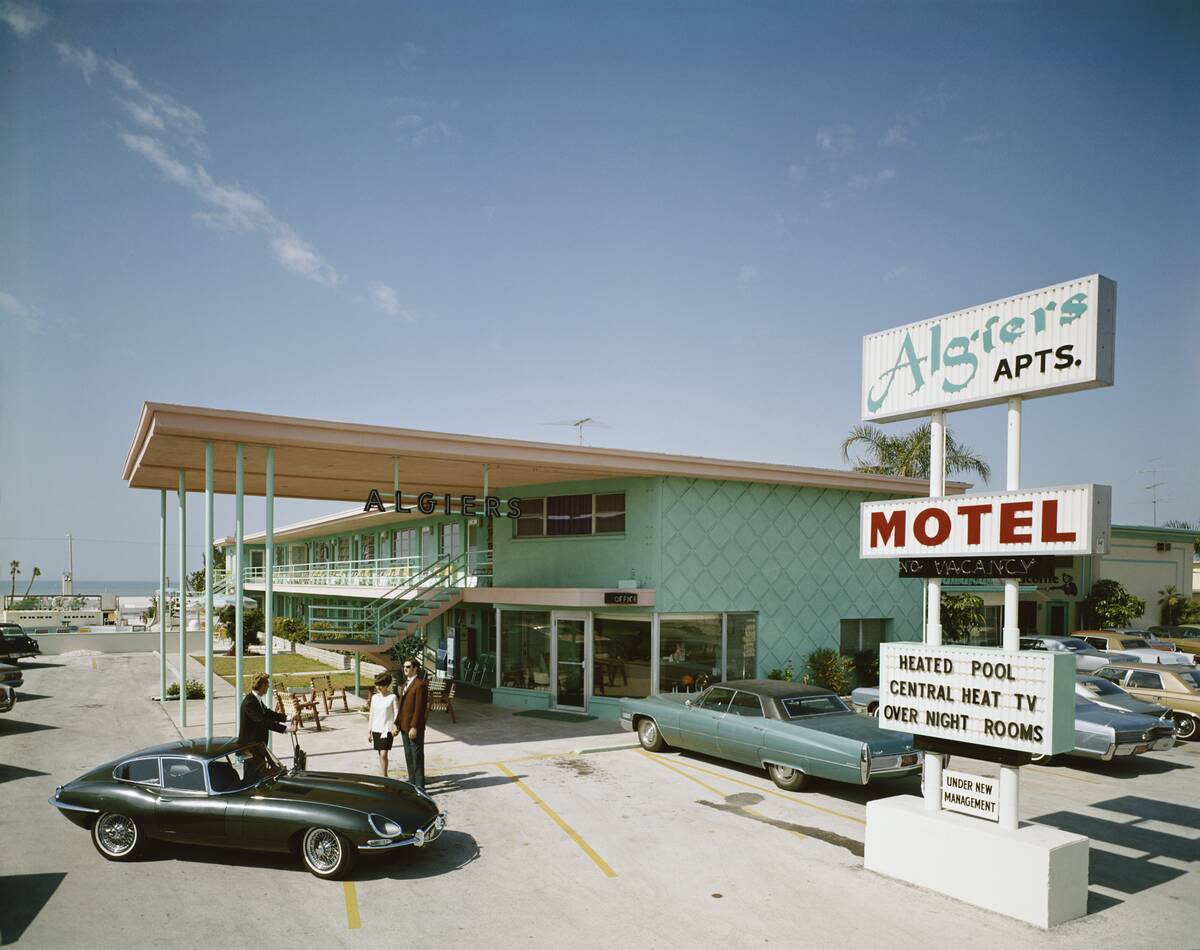
Motels have long been a vital part of the road trip experience, offering affordable and convenient lodging for weary travelers. In the mid-20th century, motels lined highways, welcoming guests with neon signs and familiar comfort.
Today, while many traditional motels have been replaced by chain hotels, the nostalgic charm of vintage motels continues to attract travelers. These establishments preserve the spirit of road trips past, blending history with modern comforts.
The Digital Age: Road Trips in the Era of Smartphones
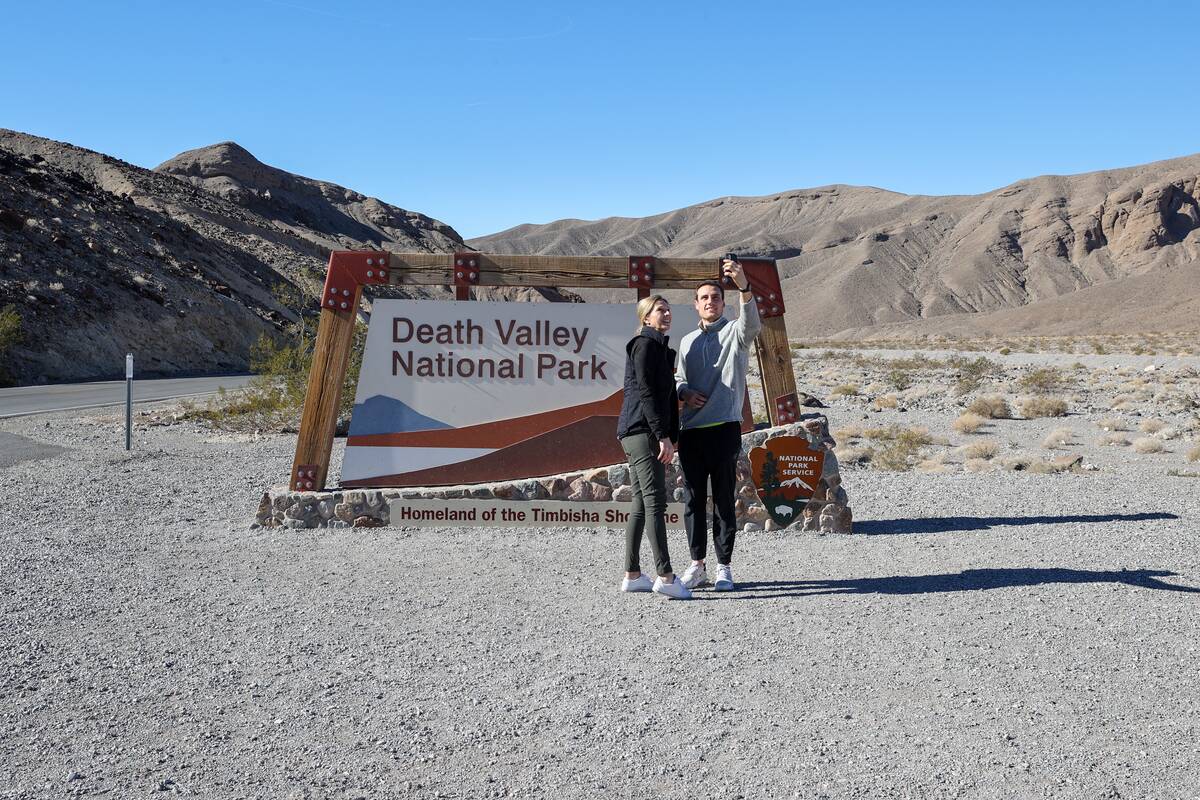
Smartphones have revolutionized the road trip experience, providing instant access to maps, travel tips, and entertainment options. Apps like Google Maps and Yelp enable travelers to discover new routes, attractions, and dining experiences with ease.
Social media platforms allow road trippers to share their journeys in real-time, connecting with a global community of fellow adventurers. This digital connectivity has made road trips more interactive and engaging than ever before.
Road Trip Photography: From Polaroids to Instagram
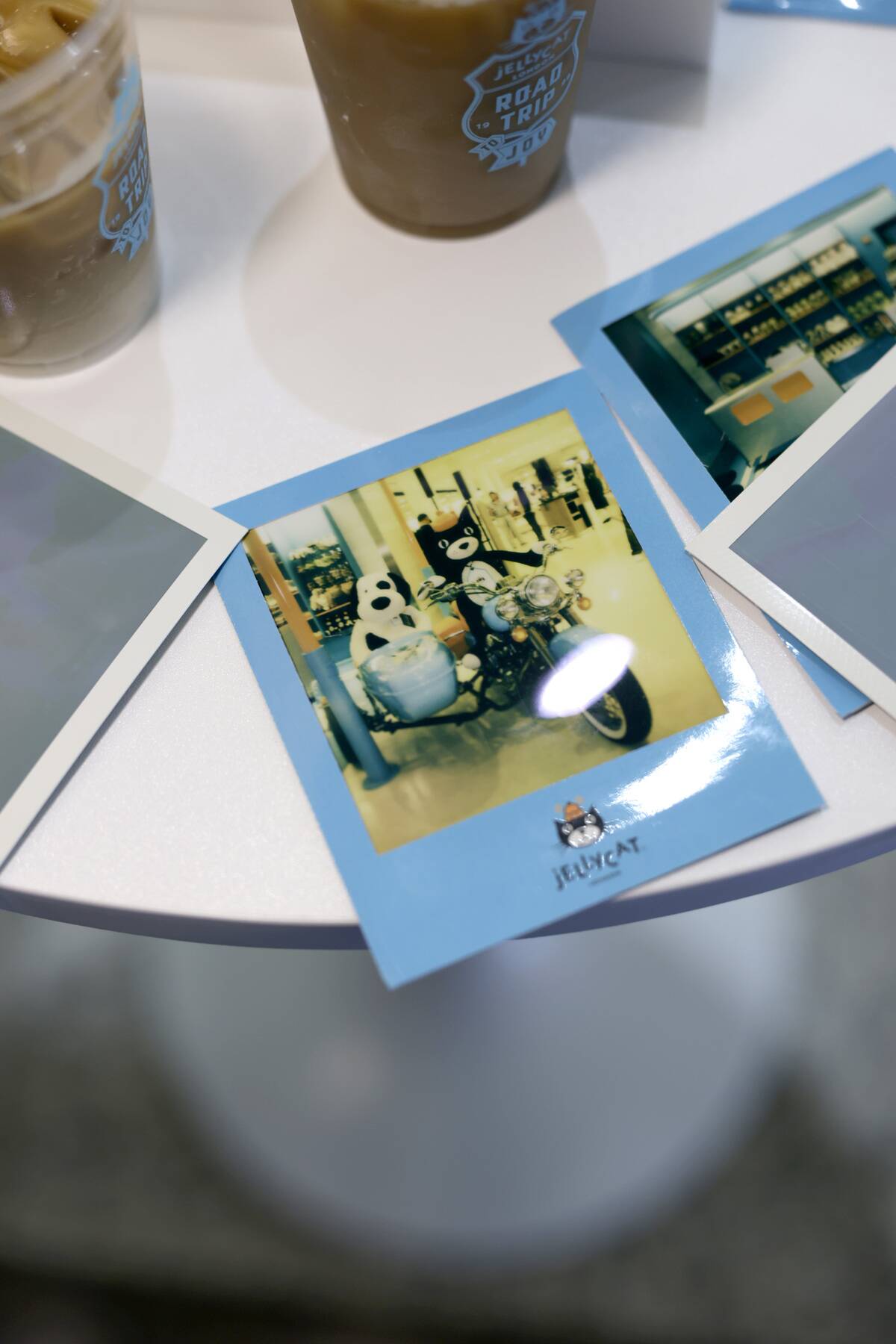
Capturing memories has always been a part of road trips, evolving from Polaroid snapshots to digital photography and Instagram. In the past, travelers documented their journeys with film cameras, each photo a cherished keepsake.
Today, smartphones and social media allow instant sharing of road trip experiences, creating a visual narrative of adventures. The art of road trip photography continues to evolve, documenting the beauty and spontaneity of life on the road.
The Comeback of Vintage Road Trip Aesthetics
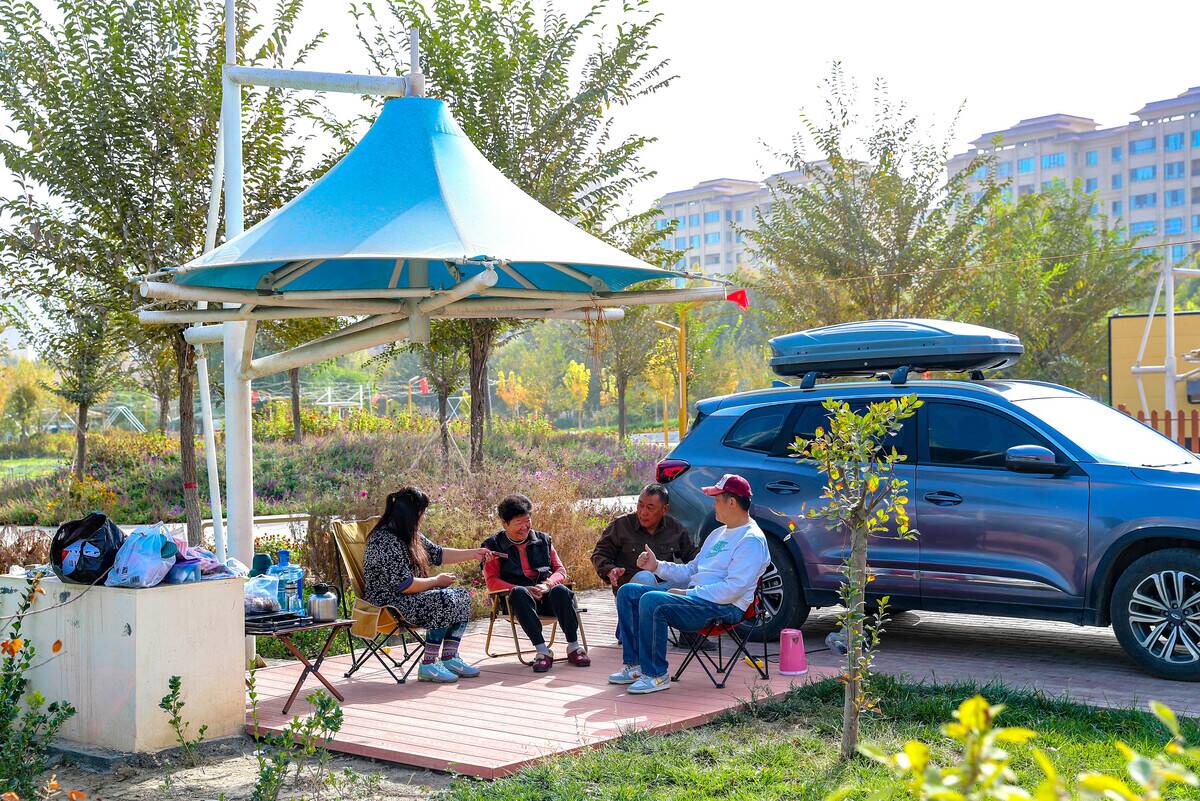
There’s a growing fascination with the vintage aesthetics of past road trip eras, with many travelers seeking to recreate the charm of yesteryear. Classic cars, retro motels, and nostalgic roadside diners are being embraced by a new generation.
This comeback celebrates the timeless appeal of the past, blending it with modern conveniences. The nostalgia-driven trend highlights the enduring allure of road trips, where the journey is as important as the destination.
Road Trip Games and Entertainment: Keeping It Fun
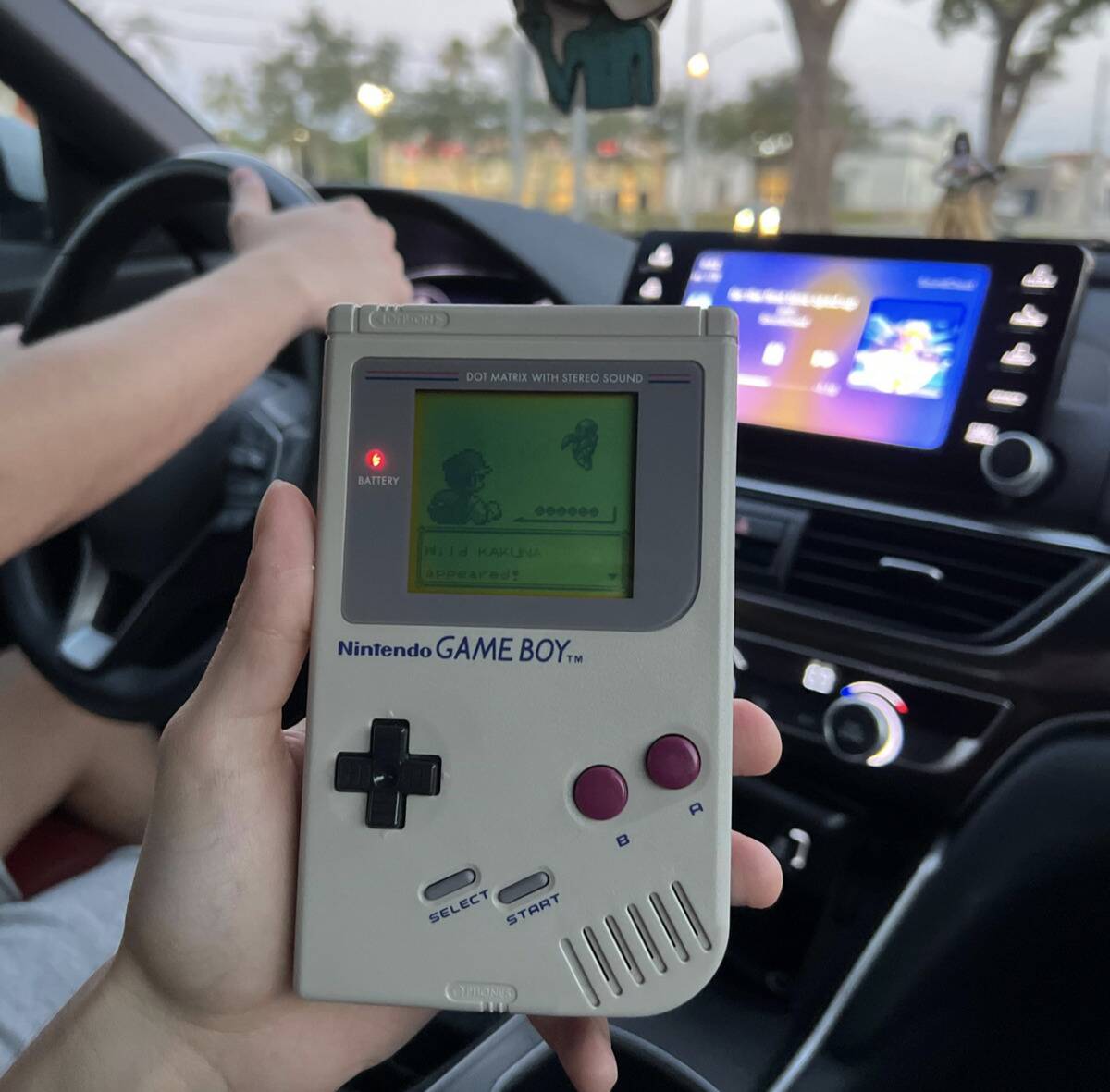
Long hours on the road call for entertainment to keep spirits high. Traditional road trip games like ‘I Spy’ and ’20 Questions’ have been joined by digital games and audiobooks, offering a wide range of options for travelers.
These activities help pass the time and create joyful memories, turning mundane stretches of highway into engaging and fun experiences. The variety ensures that there’s never a dull moment on the open road.
The Impact of Social Media on Road Trip Planning

Social media has transformed how travelers plan and document their road trips. Platforms like Instagram and Pinterest offer inspiration for destinations and itineraries, while travel blogs provide firsthand accounts and tips.
This wealth of information allows road trippers to customize their journeys based on personal interests. Social media also facilitates community building, connecting like-minded adventurers and fostering a shared appreciation for the freedom of the open road.



